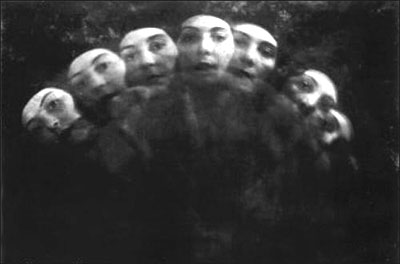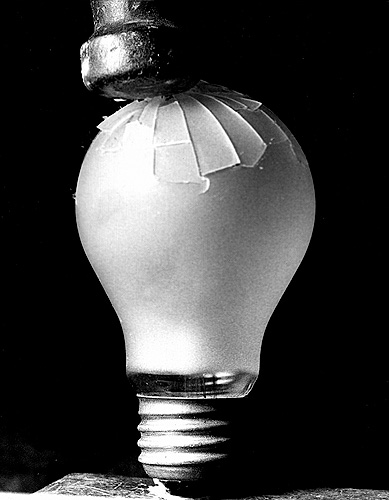Saturday, 12 March 2016
Artist Research - Harold Edgerton
Harold Edgerton was an electrical engineering professor at Massachusetts institute of technology, who was well known for his work with the stroboscope and deep sea sonar photography. Edgerton had a passion for photography, with many of his photos being fast shutter images of light bulbs being smashed with hammers and fruit being shot with a gun. His fast shutter speed photos really show off moments frozen in time at a point of impact either from a hammer or a bullet. I shall use Harold Edgerton photography as inspiration for a third artist response and will utilize the shutter speed and aperture settings to allow me to capture frozen moments in time while keeping the subject at a good exposure level.
Friday, 11 March 2016
Artists Research - Yousuf Karsh
Yousuf Karsh was an Armenian - Canadian portrait photographer that was called one of the great portrait photographers of the 20th century. His famous photos of celebrities such as Albert Einstein, Martin Luther King and Winston Churchill have been seen all around the world, making them some of their most famous photos of all time. Karsh's signature method was the use of strategically placed studio lights that illuminate his subject in a way that revealed their features with extreme, almost sculptural detail, making the images look powerful. I have decided to use Karsh as inspiration to experiment with portrait photography, using a similar setup of studio lights and editing software to
make the images black and white.
make the images black and white.
Artists Research - The Bragaglia Brothers
During the early 20th century the futurism movement was a great source of inspiration to many artists and eventually made its way into photography. The Bragaglia Brothers were two photographers that began creating pieces that conveyed movement of humans and animals as a photographic response to futurism. The brothers used shutter speed techniques within their photos to capture movement, by increasing the time the shutter stayed open they would make their subject move around in the image, causing motion blur and this blurry ghostlike effect. Another possible method of photography that could be used to achieve this same effect is double exposure by taking multiple photographs and overlaying them in editing software, however it would not capture the same blurred effect but would make the images a lot more sharper and crisp.


Subscribe to:
Posts (Atom)


